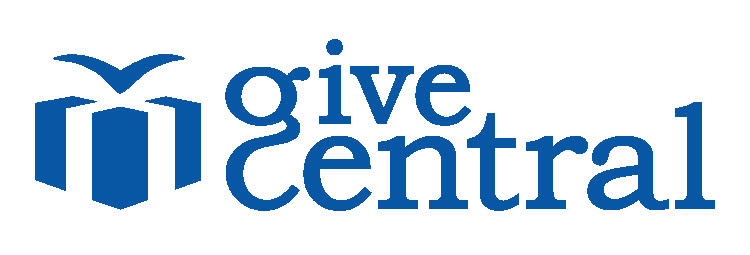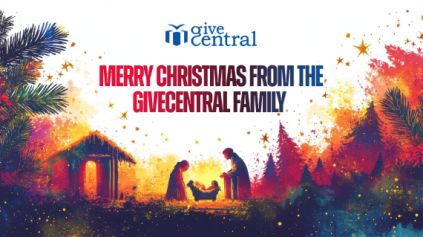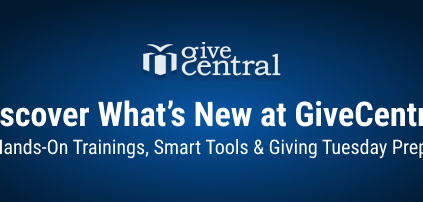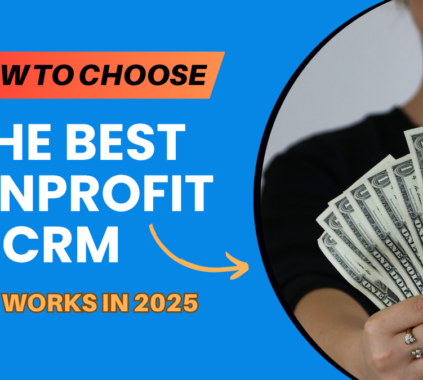Nonprofits are including digital channels to reach out to their donors more than ever. Email marketing helps organizations send personalized appeals and messages for more engagement and better conversions. Smart nonprofit fundraising strategies therefore include email marketing at its core.
Nearly 79% of nonprofits say email marketing is important to the overall success of their organization. As compared to last year, nonprofit email click-through rate improved this year by 4% to 0.44%. The unsubscribe rate fell to 0.16%, 10% lower than in the previous year. It must be understood that nonprofits are much less resourceful, in terms of staffing and tools, as compared to other industries. Even so, more than 44% nonprofits say that their email program is successful.
Therefore, it is necessary for your organization to start building an email marketing strategy, if you do not have one yet.
Check out : How to Create an Effective Online Marketing Strategy
Emails need to be consistent with your cause and the goal must be to engage your donors in a way that they love reading them, or even wait to receive them. How would you do that? Here’s a guide to effective fundraising emails :
Select a Relatable Sender
What is the first thing that you check once you receive an email? The sender!
One thing that becomes very essential is choosing the right sender name for your nonprofit fundraising emails. Understand that adding a person’s name is the best choice, because the mails look less spammy and the receivers can feel a human connection with the sender. In this way, adding a human sender name (for example, any of your employee in the sales or marketing team) would help your open rates.
Moreover, experiment with different ideas, such as:
- organization’s name vs a human name
- Male vs female names
- Combine organisation and person names
The Subject Line must be Enticing
The purpose of your subject line is not to sell your event or your fundraiser, but to sell the email itself.
- What is in it for the donor?
- Why is the email worth their time?
- What is the urgency?
A good subject line would answer these questions for a donor.
The best you could do to make your subject lines engaging is planting a story in the receiver’s mind. Your subject line could tell half the story and create a fear of missing out on the receiver. That is how you can add a valuable message in the subject line.
Case in point: Which email would you find more trustworthy and click from the two examples below.


Content is The Master
Follow these basic principals to create content that connects with your donors.
a. Keep the subject line relevant to your copy.
b. Make the email shorter- your donors should be able to understand what action is needed of them, within a few minutes of reading the content.
c. Add value to the message, but also keep it relevant. Emails are not the place to share your yearly goals and success stories with the fundraising appeal or message. Pro tip: For newsletters or digests, create clearly demarcated sections. Write blog posts and link them to your email, giving your readers to read the content at their own leisure without taking away from the theme of the email.
d. Don’t spam. Chose the right frequency and make sure your message is relevant to the donors, for they are quick to unsubscribe. Send emails to people who have subscribed and never buy lists otherwise.
Call – to – Action
Seventy-six percent of nonprofits use click-through rates as a benchmark for success.
Call to action (CTA) in an email refers to a button or hyperlinked line of text that directs a donor to a website of a nonprofits’s choosing. The point of a CTA is to drive donors to action. Below are two examples of such CTAs.


CTA’s help nonprofits measure the effective of the message or a campaign.
CTRs or Click-through rates measure how many receivers click on a link or call to action within an email. If you send our 10,000 emails and only 15 donors eventually click on the link to make a donation, you might need to re-adjust your content to meet your expectations and goals.
Understanding Nonprofit Fundraising Emails
Nonprofit emails are not a secondary tool for your organization, but a mainstream source of communication and promotion. Compelling messages are extremely important when spreading your word. Communicate the importance of your mission and how your supporters are affected by the work your organization is doing. If you’re organizing an event that requires hosts, target your audience from previous events and invite them to become hosts for the next events. You can also send targeted newsletters based on the most talked about events, campaigns, or informative pieces.
Are you launching a new campaign or looking to make the best of the upcoming holiday season? Make the biggest impact by joining hands with us. Contact us and schedule a call today to know how we can help you.
email marketing fundraising emails nonprofit fundraising online campaign Social Media tips
Last modified: May 1, 2025


















This design is spectacular! You obviously know how to keep a reader amused. Between your wit and your videos, I was almost moved to start my own blog (well, almost…HaHa!) Excellent job. I really enjoyed what you had to say, and more than that, how you presented it. Too cool!
Write more, thats all I have to say. Literally, it seems as though you relied on the video to make your point. You definitely know what youre talking about, why waste your intelligence on just posting videos to your site when you could be giving us something enlightening to read?